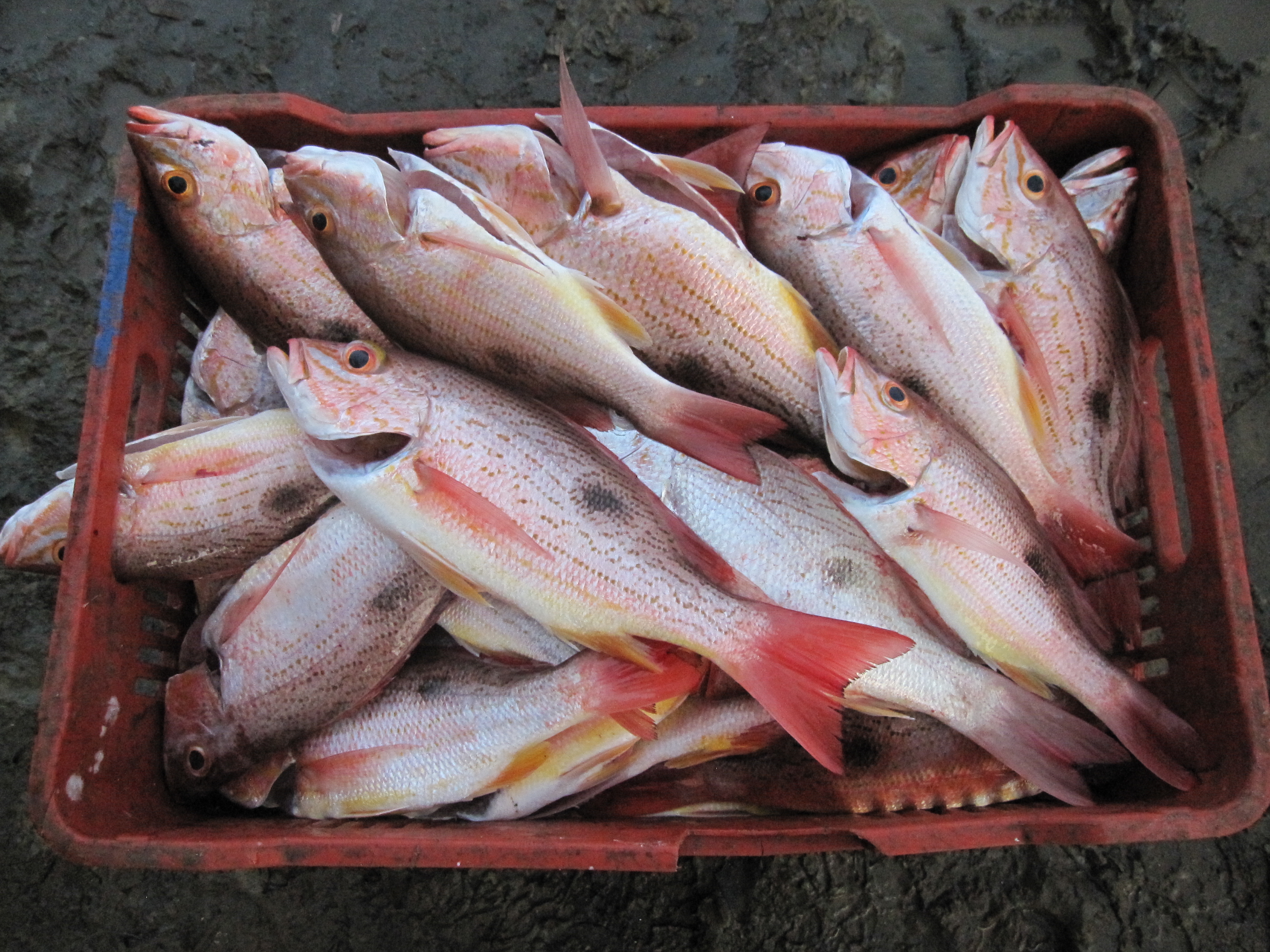

The purpose of this building block is to promote the socio-economic development of this fishery through increased fisher earnings. Area tourist resorts and restaurants are interested in supplying locally sourced, sustainable snapper to their guests as many tourists who visit Costa Rica are environmentally conscious and want to frequent businesses that offer sustainable dining options, and are willing to pay a premium price for these services. Upscale fish markets and restaurants in San José are also interested in purveying high quality seafood to their clients.
Because the demand for sustainable fish in Costa Rica is growing, project members are working with the two fisher associations from Bejuco in order to build their value chain management capacity. Associations are now legal entities with boards that actively participate in the decision making process. Infrastructure and cold chain improvements have been implemented in order to raise the quality of the artisanal snapper catch. The local fish processing site is being brought up to code to comply with Health Ministry requirements. Cash flow and other administrative concerns are also being addressed in order to facilitate fish sales.
Getting the local Bejuco fish buyer, who is an integral part of the value chain, to view the development of alternative points of sale as a viable economic endeavor will determine whether or not fishers raise the value of their catch and if this socio-economic development strategy will move forward. At this point in time, the local buyer still sells most of the catch to another distributor, but fishers are hopeful that the fishery’s improvements will begin to change this.
The socio-economic development of the Bejuco bottom longline fishery has been the most difficult aspect of this solution to implement. Project members have struggled to identify capable individuals to lead this process. Despite this, there is growing consumer interest in seafood caught by local artisanal fishers. The existing local middlemen with little prior interest in the project is beginning to understand the economic potential of this strategy, but at the same time, the development of new markets has also raised cash flow concerns. While these issues are being addressed, they have slowed the process considerably and demonstrate the difficulty that is inherent within this strategy. What should not be overlooked, however, is the progress that fishers and the local buyer have made, as well as the need to address these issues before a new market strategy can be implemented.